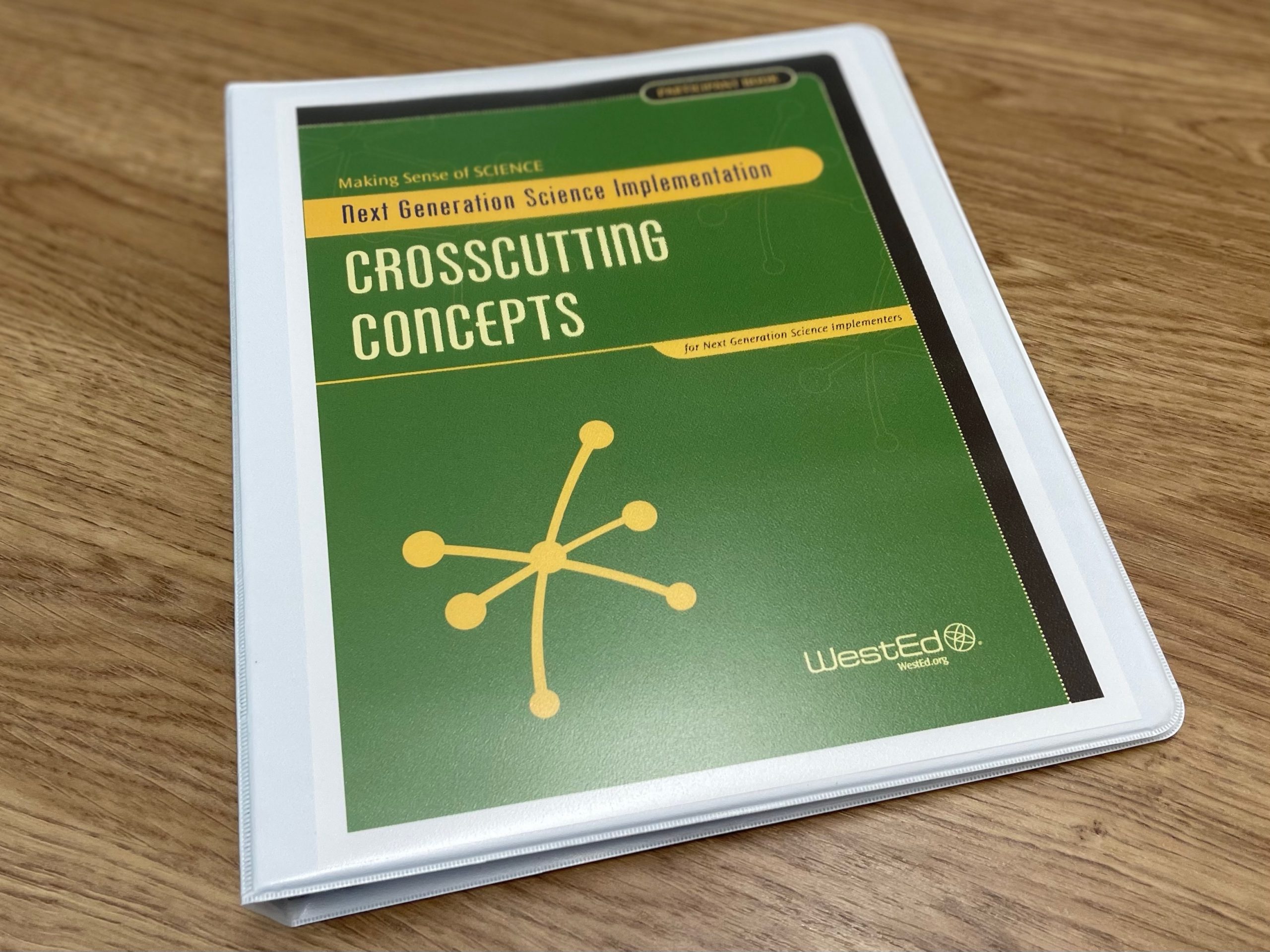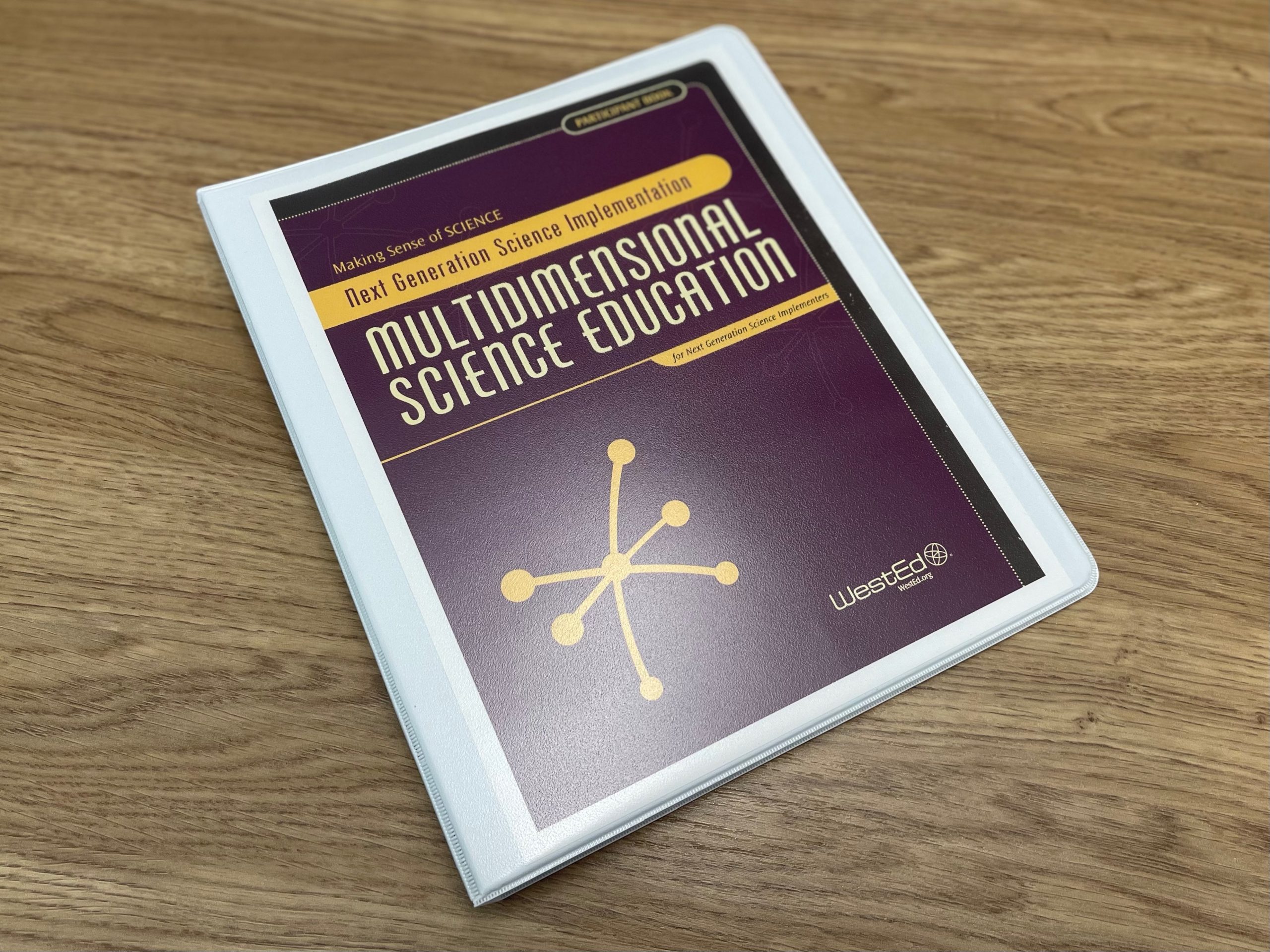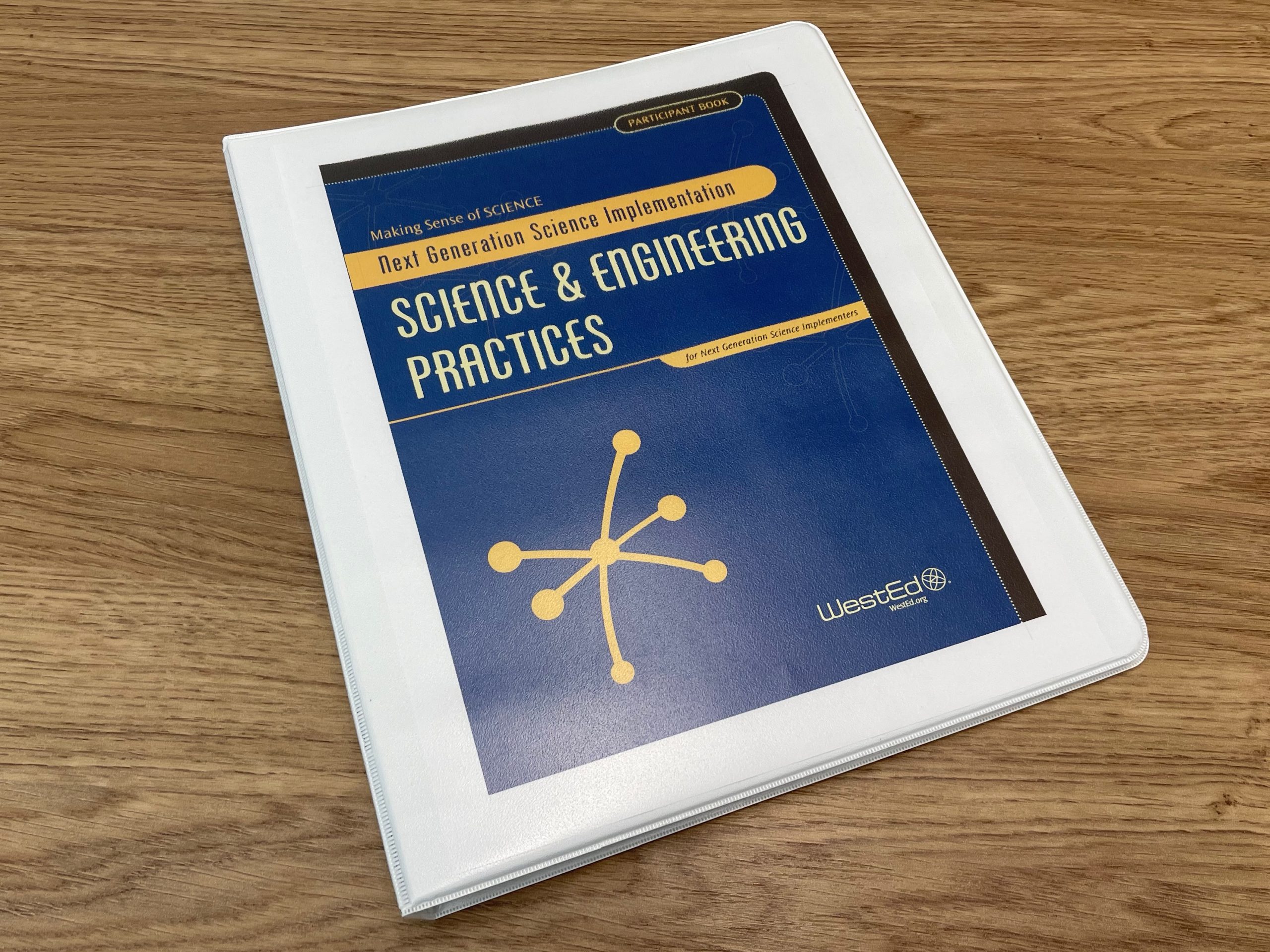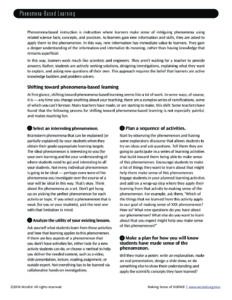The Framework for K–12 Science Education, the Next Generation Science Standards, and the various state-level versions of the NGSS contains a wealth of information for educators who want to dive deeply into what next generation science learning is all about. This document does not do that.
This resource highlights just three properties — multidimensional, phenomenon-based, and equitable. These properties are seen throughout next generation science standards, curriculum design, instructional supports, and assessments. Over the years, the Making Sense of SCIENCE project has repeatedly seen these properties function as high-leverage and manageable targets for next generation science educators.
This document outlines key properties of NGSS-shifted instruction and can serve as a tool to help shape and refine teaching practices to better align with these properties.
Shifting to the NGSS was overwhelming to me. Doing just these three things was a perfect way to focus my energy.
Teacher
New Mexico
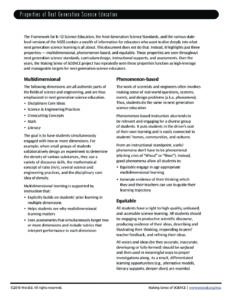
- Type: PDF
- Audience: For teachers, coaches, and leaders
